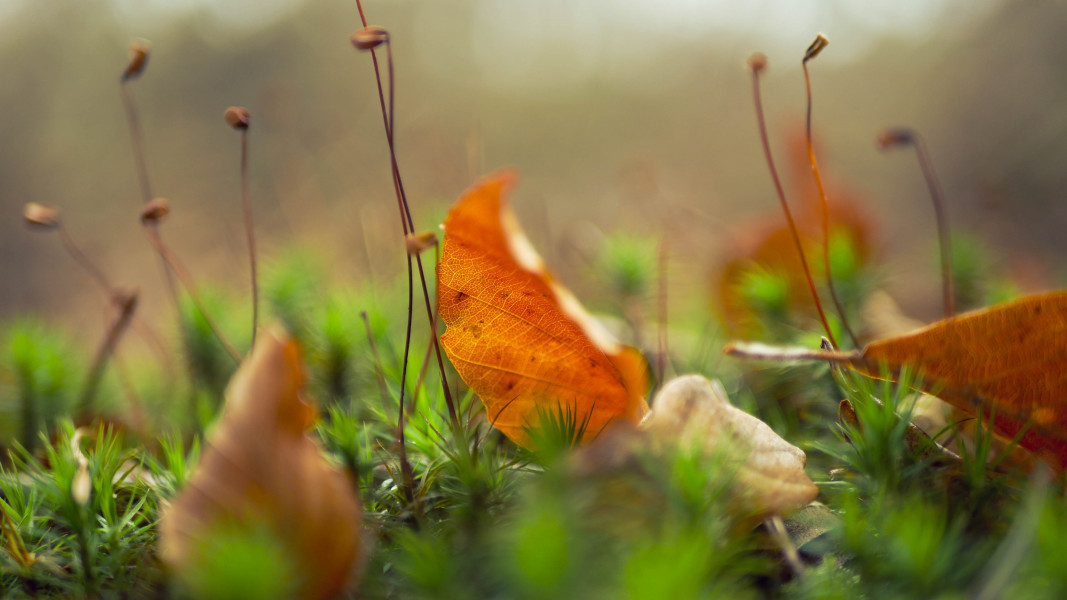For some flowers, autumn planting is the only possible option - such as natural bulbous flowers with spring blooms. They need to stay in the soil for some time during the cold seasons to bloom in spring. Perennials and annuals that are propagated by seeds can also be planted in the autumn months.
However, in order to enjoy healthy and beautiful plants, it is important to plan the planting dates well. If sowing is done too early, the seeds will germinate and die from the winter cold. Later sowing also has its risks - it is not easy to loosen frozen or very wet soil.
The Advantages of Having a Fall Garden
Autumn planting has undeniable advantages:
- First, flowers planted or sown in the fall will bloom in the first year of the growing season;
- Second, it will free you from the hassle of growing seedlings in the winter and save you the time you had to spend planting them outdoors in the spring;
- In autumn and winter the seeds in the ground undergo natural stratification, so that the seedlings that appear in the spring will be strong, they will be able to tolerate spring frosts and bloom two to three weeks earlier than those shown in the spring;
- Flowers planted in the fall are less exposed to diseases and pests throughout their lives;
- In the spring, when the snow melts, the seeds from the autumn sowing in the soil absorb the maximum amount of moisture, which helps them to grow quickly. Flowers sown in the spring may experience a lack of moisture due to the fact that when the air temperature rises, its evaporation from the top layer of soil increases.
As you can see, there are plenty of reasons to start planting and sowing flowers in the fall.
Planting Flowers During Autumn
The most favorable period for autumn sowing of bulbous flowers is until the end of November, and garden - in December.
Planting of natural bulbous flowers such as tulips, daffodils, irises, hyacinths begins in late September and ends in late November.
They do not tolerate planting in cold or frozen soil. Under suitable conditions, they need at least 8-10 days to take root successfully.
Only cold-resistant plants can be planted in autumn. Although the packets of seeds sold in stores may indicate that they are suitable for autumn sowing, if you want to be sure whether you will be successful, consider whether the flowers in question are self-seeding in the winter. If the answer is yes, then plant them boldly before the permanent winter cold.
Autumn planting of biennial flowers
Most types of biennial flowers - daisies, roses, violets and more. bloom in the second year after sowing. However, if you make seedlings from them earlier (July) and plant it in the fall, they will bloom in the first spring.
Use only healthy, undamaged bulbs for planting. Before sowing it is good to treat them against fungal diseases.
Easily overwintering bulbous plants are: snowdrops, hyacinths, muscari, tulips, daffodils, irises, most hemerocallis.
- Gladiolus bulbs can overwinter in warmer regions.
- Cold, dahlias, begonias can not withstand the cold. Their bulbs die at a temperature of minus 5 degrees.
And lastly, even if you have enjoyed planting the pretty flowers, you will have to wait until spring in order to see them bloomed. But don’t forget that you can always get yourself a
fall flower arrangement whenever you need from the flower shop!

